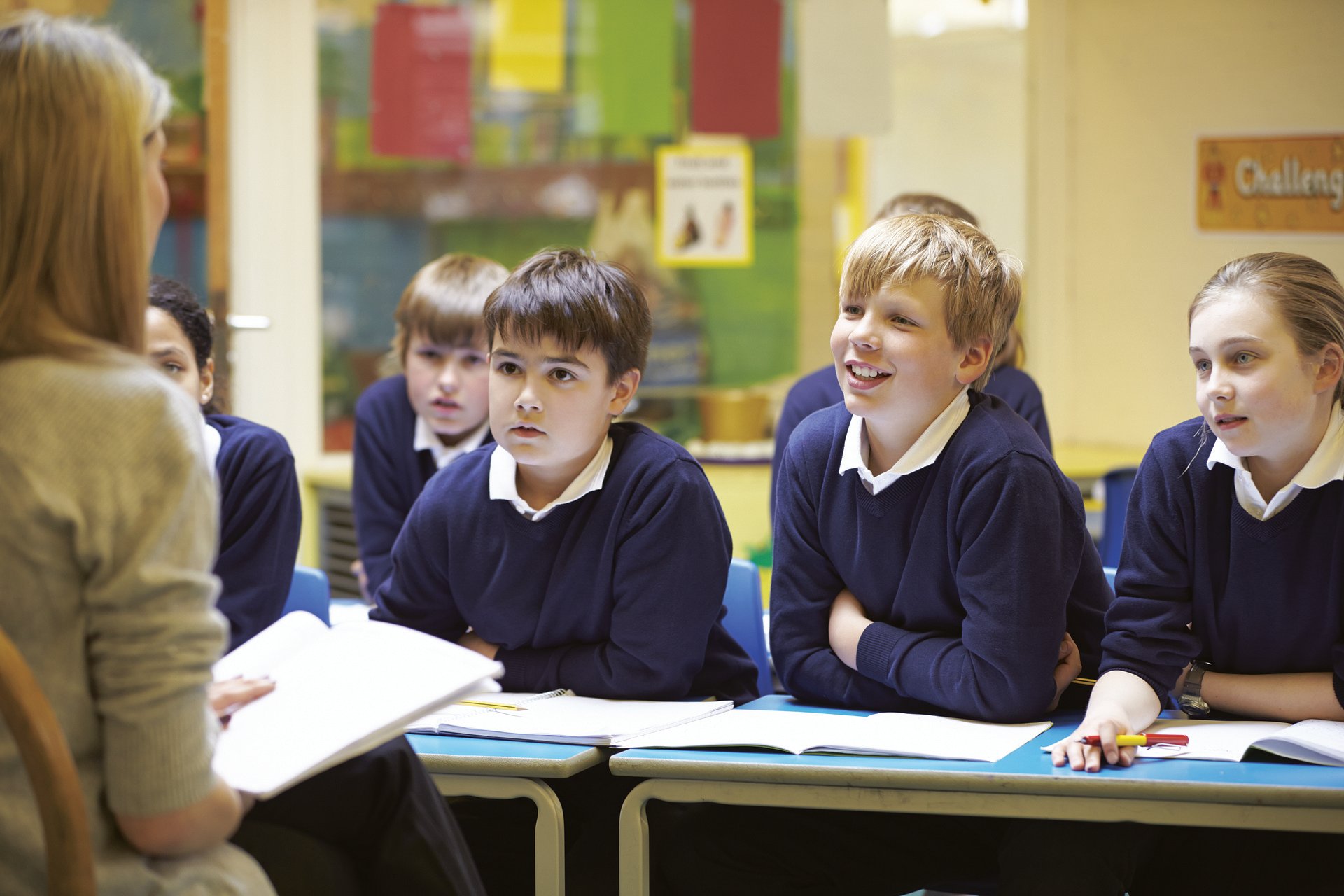By Sally Siner, Prevent Education Officer (Derby) and former teacher
Buddhists liken human existence to a river – constantly in flux, evolving and changing shape. This applies tenfold to young people who are often encountering ideas and experiences for the first time and working out where they fit in: Do I agree with this? Believe it? Is it right or wrong?
As an RE teacher, I found working with young people a fascinating, stimulating and often heartening experience. It is our job as educators to allow them the space to test out their ideas and opinions and equally, to have those opinions challenged and sometimes changed. Here are some tips for achieving this:
- Consider the physical space
The layout of the seating can have a big impact on how the conversation develops. You may want to think about flexibility (if you want some breakout discussions for example) and whether you want to make it feel ‘different’ to other lessons.
Using props can also work well to focus the discussions, or relatable quotes (see Beyoncé, Malala, Martin Luther King, Nelson Mandela, Einstein, Michelle Obama). If you regularly hold discussions in class these might form part of the classroom display.
- Set ground rules
Refer to the school rules when relevant, but I think it’s also important to reiterate your own rules for the discussion. For me, this can be summed up in one word: respect. This means no talking over each other, no personal comments, no slating each other’s views. It means listening and showing people that you are listening (for example, by making eye contact ). It means respectfully disagreeing and challenging the opinion, not the person. This single word is easy to use as a yardstick.
- Debate
Passionate debate around difficult topics can be hugely rewarding for everyone involved – students are made to feel that their opinion counts – a great way to exemplify what we mean by democracy and fundamental values.
- Don’t get spooked by controversial comments!
Creating a safe space for discussion means that young people should feel free to say what’s on their minds, without fear of recriminations (within the boundaries of respect – see above). Sometimes students overstep the mark or say things that we might find objectionable. I have found that responding with further questions is a good way for students to reach their own conclusions; as is allowing peers to ‘police’ each other. While some comments will be aiming for a reaction, other pupils may be genuinely surprised that their comments are affecting their peers.
- Context is key
You know your students. You know, therefore, whether a comment that they have made is intentionally provocative, testing the boundaries or downright rude. Are they being hurtful? Personal? Disrespectful? Have they simply made a mistake? I have only ever sent students to isolation a handful of times. Each time it was for saying something deeply and deliberately disrespectful towards another student. This was an absolute no-go for me, and I made sure everyone knew it.
- Finish on Hope
Students will want to talk about frightening events that they’ve heard about such as terrorist attacks. The safe environment of the classroom is a good place to do this, so it’s important that educators don’t shy away from this. It’s ok for adults and children alike to be scared; it’s ok to feel angry and upset. Let young people air their views and remind them that these shocking events are very rare and not representative of a specific faith or demographic. Often expressions of unity follow such events – focus on these and try to bring them back to a point of calm and normality before they leave the space.
For more tips about holding challenging conversations in class, visit:

